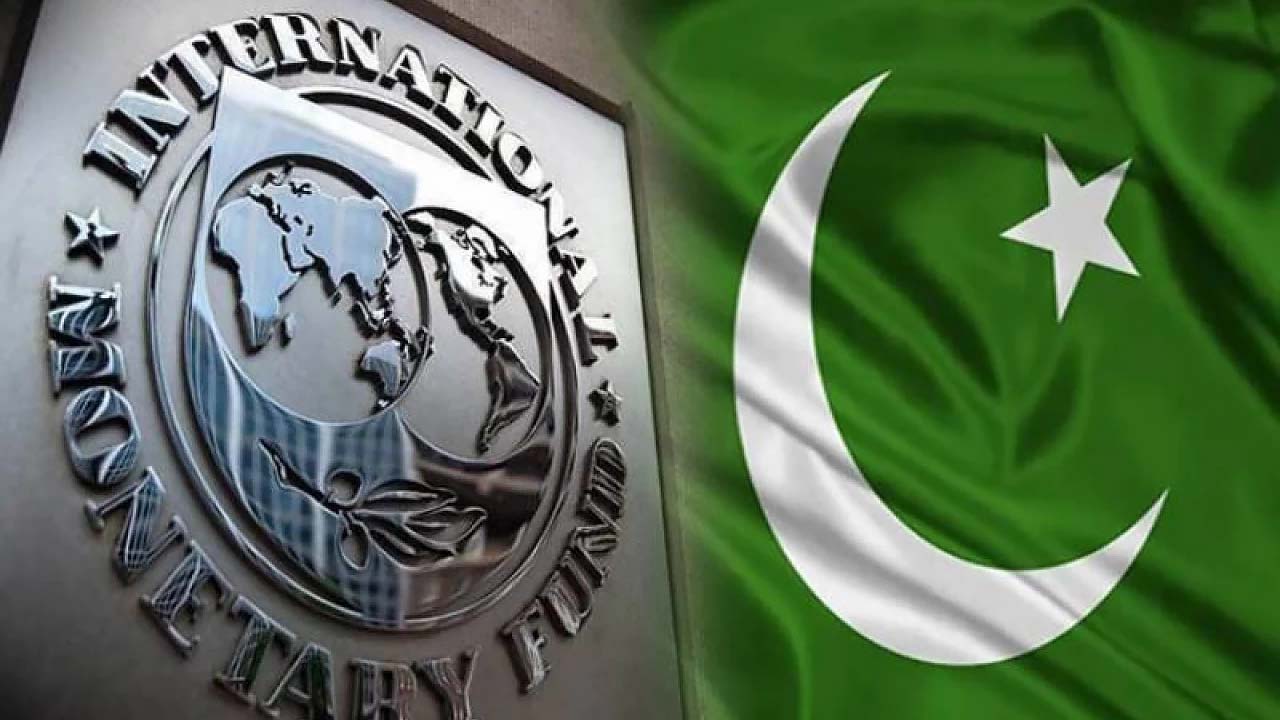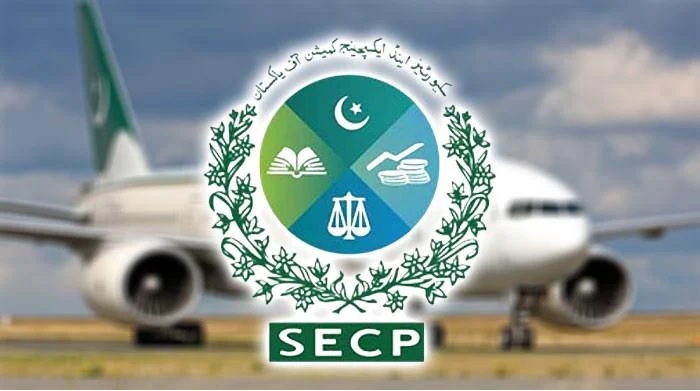PTBP Web Desk
The International Monetary Fund (IMF) has revised its GDP growth projection for the country downward to 3% for the fiscal year 2025. This adjustment marks a decrease from the earlier estimate of 3.2% outlined in the October 2024 World Economic Outlook (WEO) report.
Revised GDP Growth Projections for Pakistan
The latest WEO Update from the IMF now sets Pakistan’s GDP growth at 3% for 2025, with an anticipated rise to 4% in 2026. This adjustment reflects a more conservative outlook compared to the previous year’s growth rate of 2.4% in fiscal 2024.
World Bank Estimate: Concurrently, the World Bank has forecasted a slightly lower growth for Pakistan at 2.8% for fiscal year 2025.
Asian Development Bank (ADB): The ADB mirrors the IMF’s revised projection, expecting a 3% growth.
State Bank of Pakistan (SBP): The SBP’s outlook remains somewhat optimistic, projecting a range between 2.5% and 3.5% for the same period.
These figures suggest a cautious yet hopeful economic trajectory for Pakistan amidst global economic fluctuations.
Globally, the IMF has set the world economic growth forecast at 3.3% for both 2025 and 2026, which falls short of the historical average of 3.7% from the period 2000-2019. This forecast remains largely unchanged from the October 2024 WEO, with the stability attributed to an upward revision in the United States offsetting declines elsewhere.
Inflation Trends: On the inflation front, global headline inflation is expected to ease to 4.2% in 2025 and further down to 3.5% in 2026, with advanced economies likely to reach these targets sooner than emerging markets.
The IMF’s report highlights a landscape of divergent risks:
Upside Risks: In the short term, robust growth in the U.S. could experience further boosts, but this is not universally matched across other economies where policy uncertainties loom large.
Downside Risks: Many countries face potential setbacks due to policy-induced disruptions in the disinflation process, which could delay necessary monetary policy adjustments, affecting fiscal and financial stability.
The management of these risks necessitates a balanced approach:
Balancing Act: Policymakers must juggle between controlling inflation and stimulating real economic activity.
Rebuilding Buffers: There is a push towards strengthening economic reserves to handle future shocks.
Structural Reforms: Enhancing medium-term growth prospects through reforms is crucial, alongside fostering stronger multilateral cooperation and rules.
For Pakistan, this revised GDP growth figure might signal a need for more targeted economic policies:
Economic Policy: Adjustments in fiscal and monetary policies might be necessary to align with these new projections, focusing on sustainable growth and inflation control.
Investment and Trade: The government might need to stimulate investment, both domestic and foreign, to catalyze the projected growth.
Structural Changes: Emphasis on structural reforms could be pivotal to not just meet but exceed these growth forecasts, particularly in areas like energy, agriculture, and industry.




